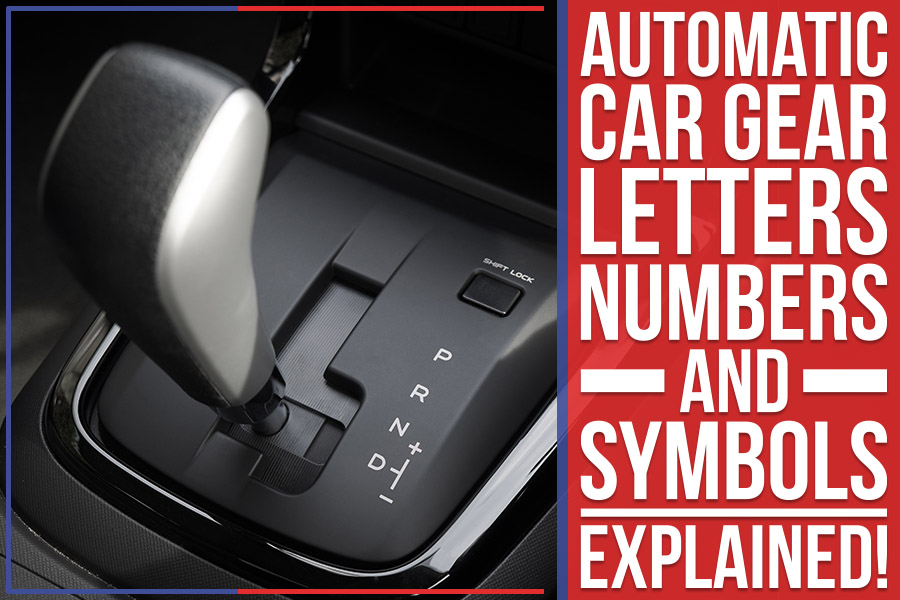
Would you consider yourself a car expert? Well, don’t worry – you’re not alone. Even car enthusiasts sometimes scratch their heads regarding automatic gear shifters’ letters, numbers, and symbols. But don’t fret! We’re here to help. This blog post explains everything so you can shift gears like a pro. Let’s get started!
Automatic Transmission Gears – The Basics
Most automatic transmissions have four or five forward gears and one reverse gear. The gears are usually labeled with the letters P, R, N, D, and L (or 1, 2, 3, 4, 5). Here’s what each gear represents:
P – Park: This position locks the transmission so the car cannot move. You should only use it when parking the vehicle or when the traffic lights hit red to prevent it from rolling away.
R – Reverse: Drivers use this car for backing up.
N – Neutral: This position disconnects the engine from the wheels. Drivers use it when starting the car or when shifting between gears.
D – Drive: This is the most common driving position—a driver shifts to the drive gear when moving the car forward.
How to Change Transmission Gears?
Changing gears in an automatic vehicle is easy. The car will automatically shift gears as you accelerate. All you have to do is put the car into “Drive” and use the gas pedal to go. If you want to shift gears manually, most cars have a “+” and “-” sign on the gear shifter. To upshift or move to a higher gear, you press the “+” sign. For downshifting or shifting to a lower gear, press the “-” sign.
Which Gears to Use in Different Situations?
The automatic transmission has several different gear ratios or “speeds” that it can use to power the car. The transmission will automatically shift between these gears based on your speed and how much power you are asking from the engine.
1st Gear: This is the lowest gear ratio used when the car stops or moves very slowly.
2nd Gear: The second and third gear helps ramp up the momentum and generate more power from the engine to drive speed.
4th Gear: This gear ratio is used when the car is moving at its fastest and needs the most power from the engine.
5th Gear: This gear ratio is sometimes used in automatic transmissions. It is similar to 4th gear but with a taller gear ratio that helps the car conserve fuel when cruising at high speeds on the highway.
How to Take Care of Automatic Transmission Systems?
Automatic transmission needs regular maintenance to keep it running smoothly. You should check the fluid level every 30,000 miles and change it every 60,000 miles.
It’s also a good idea to flush the transmission system and service it every 30,000 miles. This helps remove dirt and grime, damaging the transmission over time.
If you notice any strange noises or smells coming from your car, take it to a mechanic as soon as possible. Automatic transmissions are very delicate and need complete attention. Here at Feldman CDJR of Clarkston serving Gord Blanc, MI, we believe a little knowledge can go a long way to effective car maintenance. Keep this information in mind the next time you bring your vehicle in for a repair session – it may help make the process go more smoothly. Schedule a service for your automatic transmission with our team.
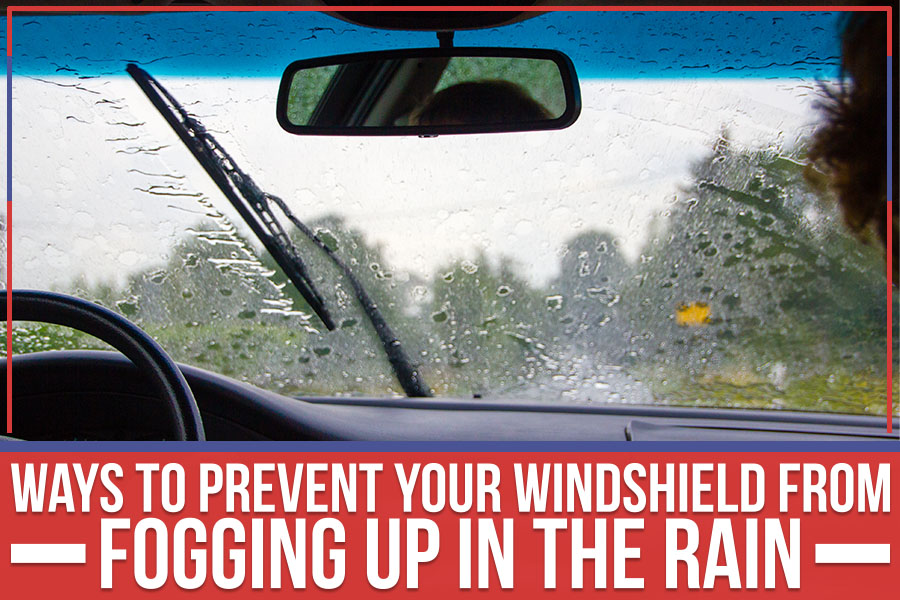
Driving your car in Schwartz Creek when the rain is pouring down can be a bummer. The situation is worsened by the constantly foggy windows and a windshield that refuse to go clear no matter what you do.
This can be a real pain, especially if you’re caught in traffic and the windows are starting to fog up faster than you can wipe them. But don’t worry. We at Feldman CDJR of Clarkston have a few tips to help keep your car windows from fogging up in the rain.
Why Car Windows Fog Up?
The primary reason your car windows fog up in the rain is that the temperature inside your car differs from that of the outside. When it’s raining, the external temperature is colder than usual, which causes the warmer air inside your vehicle to condense on the windows.
This process is accelerated because rain is essentially tiny droplets of water constantly evaporating and cooling the air around them. So, even though you may not feel cold when sitting in your car, the air outside is actually quite chilly.
What Can You Do To Prevent It?
Now that you know why your windows fog up, let’s understand the possible remedies for preventing it from happening.
When there’s rain prediction, and you don’t want the nuisance of fogged-up windows, try baby shampoo. Mix two parts water with one of baby shampoo and apply it to the inner side of your car windows using a clean cloth.
This creates a coating that doesn’t allow moisture to settle, thereby keeping your windows clear. However, it would be effective if you did this at least once a week.
How to Deal with It If Your Windows Do Fog Up?
So, you have tried all these methods, and none of them work. Your windows still fog up, and you’re starting to get frustrated.
Firstly, open your windows slightly while driving. This will help equalize the pressure and temperature inside and outside your car.
Another thing you can do is to use a demister or defogger. Most cars nowadays come with an inbuilt system that does this automatically.
If this doesn’t work, you can try using a commercial defogger. You can find defoggers at most auto shops.
These are some things you can do to keep your car windows from fogging. Try out these methods and see which one works best for you.
These are some things you can do to keep your car windows from fogging up. Try out these methods and see which one works best for you.
If you think your car has run its course and are planning to buy a new one, visit us at Feldman CDJR of Clarkston, serving Schwartz Creek, MI. We have an impressionable inventory of new and pre-owned vehicles, and our knowledgeable staff will be more than happy to help you find the perfect car for your needs. We look forward to seeing you soon!
Shop our inventory now!
Car Scratch Removal: A Beginner’s Guide With 5 Hacks
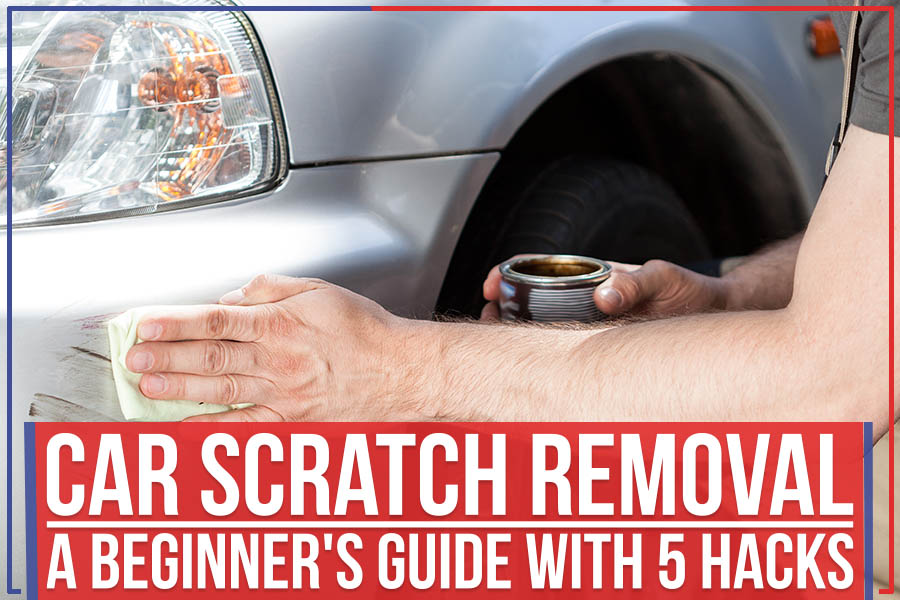
Nobody likes scratches on their car, but unfortunately, they’re a common nuisance. Whether you got them from parking too close to a pole or your kids drew on the side with a sharpie, here is a guide on removing scratches from car surfaces.
This beginner’s guide gives you a brief insight into car scratch removal so that you don’t end up clueless, holding your head in dismay the next time you see them on your car.
However – word of caution – these DIY car scratch removal remedies are like Cinderella at the ball. They will last only for the shine of an occasion before the rust & corrosion settles in from deeper scratches.
So, we advise that you better get your car booked for service rather than rely on these DIY tips long term!
1) Use Baking Soda –
Who knew the baking soda placed on your kitchen’s countertop could come in handy for car scratch removal? All you need is a baking soda paste and water. Apply the mixture to your car’s scratched surface using a microfiber towel. Gently rub it on the surface in a circular motion for about two minutes. Let it dry, and then rinse it off with cold water.
2) Toothpaste –
Toothpaste offers great temporary relief for minor, short-lived scratches. Avoid the gel-based toothpaste when applying the scratch. Apply a small amount using your finger. Gently rub it in a circular motion for about two minutes, and then wipe it off with a clean damp cloth.
3) Nail Polish –
Nail polishes are not just for your nails; they can also help conceal minor scratches on your car surface. Use clear nail polish or a color that closely matches your car paint color. Apply the polish to the scratch using a cotton swab and let it dry.
4) Purchase Car Scratch Solutions –
Commercial car scratch solutions are also available in the market. You can easily find them in auto shops and some supermarkets. Read the label and follow the instructions carefully to avoid damaging your car paint.
5) Use Vinegar –
Combine equal parts water and synthetic vinegar in a spraying bottle, then spray it on the scratch. Let the solution sit over the surface for a few minutes, then wipe it off with a clean, dry cloth. Preferably with microfiber!
Get Help from Auto Repair Professionals –
It is best to leave the repair to the professionals for deep scratches. They have the right tools and equipment to fix your car and make it look as good as new. You can also ask to discuss tips to prevent scratches in the future.
These are just a few ways to remove scratches from car surfaces. Following these DIY scratch removal tips can come in handy the next time you see them on your car.
If your car’s seen better days and you’re looking for a way to remove scratches from the surface, Feldman CDJR of Clarkston, serving Flint, MI, can help. We offer quality car scratch removal services that can have your car looking good as new in no time.
Schedule a repair session today, and let us take care of those irritating scratches for you!
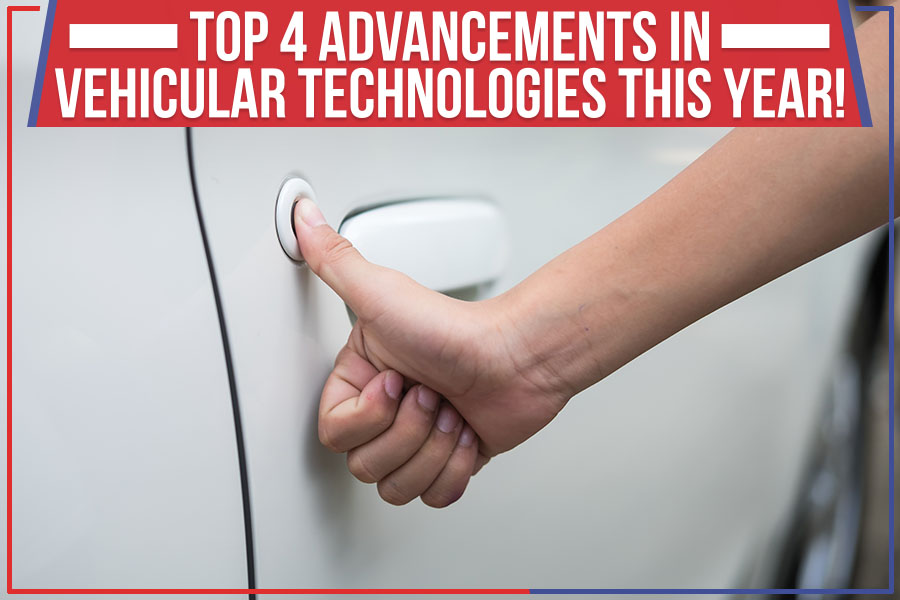
If you’re like most people, you probably think of cars in terms of their looks and performance. The sleek lines or the rumbling engine might be what first comes to mind. But there’s a lot more to a car than its style and power. While these are essential factors, they’re not the only ones that matter when purchasing a vehicle.
New car technology is becoming increasingly important, as it can make your driving experience easier and more enjoyable. If you’re curious about what new car technologies will be available in 2022, read on! We’ll outline the top five technologies you can look for in your next purchase.
Adaptive Cruise Control:
Have you ever been breezing down the highway and wished that you could just set your cruise control and relax? Well, with adaptive cruise control, you can! This feature utilizes sensors to keep track of the traffic around you and adjusts your speed accordingly. So, if the car in front of you slows down, your car will automatically slow down.
Moreover, some adaptive cruise control systems can even come to a complete stop and start again without you having to touch the pedals!
Autonomous Parking:
The absolute luxury of never having to parallel park again? Yes, please! Autonomous parking is a feature that is becoming increasingly popular in newer cars. This technology uses sensors to help you park your parallel and perpendicular car.
Some cars even can automatically get in and out of a parking spot! It reduces the risk of bumping into things and makes parking a breeze.
360-Degree Cameras:
How annoying is it to open the door into the wall, kissing your paint job goodbye? Cars with 360-degree cameras have sensors that detect obstacles around your vehicle so that you can avoid them.
It is beneficial in tight spots or crowded areas. You can also use the camera to see what’s behind you when you’re backing up to avoid any potential accidents.
Keyless Entry and Start:
Irate with fumbling around for your keys? How many times have you dropped them or left them somewhere? With keyless entry and start, you can unlock and start your car with the push of a button.
This Keyless feature is convenient, but it’s also more secure. You can also establish a PIN code so that only you can unlock and start your car.
Automatic Braking:
It is a life-saving feature becoming more and more common in new cars. If a vehicle stops suddenly, your car will automatically brake to avoid a collision.
The system uses sensors to trigger a proximity alert when a car is getting too close. If you are not paying attention and not braking, the system will brake for you. Some cars also offer audio and visual warnings to alert the driver. It is a great feature for busy highways and city streets.
Conclusion:
Feldman CDJR of Clarkston, serving Goodrich, MI, is your source for new car technology. We can’t wait to show you what the future of driving looks like!
Visit our website to check our inventory of new and used cars. You can also take a look at our special offers!

There’s nothing better than a test drive when you’re in the market for a new or used car. You get to experience the power and performance of the vehicle up close and personal. Plus, it’s an excellent opportunity to check out all the bells and whistles that come with your dream car.
Stay tuned for these simple tips to unlock the secrets to a stress-free test drive.
No. 1: Research
Before we jump in and zoom off down the open road, it’s essential to do your research. You’ll want to specify what kind of car you require. Figure out your must-haves and nice-to-haves in advance and narrow your options.
No. 2: Tick Off
Compile your custom checklist of everything you want to test during the drive. This could be from how smoothly the car accelerates to whether the heated seats are comfy enough. And don’t forget the all-important question: does this car fit into your budget?
Once you have your research and checklist ready, it’s time to find that car!
No. 3: Eye Candy
Before getting comfortable on any leather seats:
1. Give your choice a once-over.
2. Ensure the car’s paint job and exterior features are in good condition.
3. Pop inside for a thorough interior inspection.
4. Watch out for any unsettling smells, ripped upholstery, or unresponsive buttons.
No. 4: Check the Tech
With technology in cars reaching new heights, it’s more important than ever to ensure your car is packed with the features you need. Do a quick check of the stereo system, navigation, and safety features. If you’re not sure how something works, ask the dealer!
No. 5: Tagalong
Your car won’t only be carrying you around but also your family, friends, and all of your belongings. Make sure it has enough space for everything you need! Test out the back seats and trunk to see how much room there is. Bring your best buddy to point out any flaws you might have missed.
No. 6: On Guard
Identity theft is a huge problem, and while not every dealership is guilty of it, it’s better to be safe than sorry. Keep a photocopy of your license at hand so that if the dealership asks for it, you can provide it and then retrieve it. You should consider destroying the copy later on to avoid any possible issues.
No. 7: Fuel Issues
Purchasing a car is already a massive expense, and you want to make sure it’s worth it. Find out what kind of fuel economy the car you’re interested in gets. If it’s not good, move on. There are plenty of other options that won’t break the bank every time you need to fill up your tank.
No. 8: Hit the Road
We’ve got a couple of strategies to consider on your test drives. First off, take the car on different types of roads. You want to experience how it handles various conditions. Also, take your time. It’s not a race. If you can, avoid peak traffic hours so that you’re not rushed or stressed out while behind the wheel.
The Gist
Test driving can be a stressful experience, but it doesn’t have to be. You might even enjoy it if you go in prepared and with a game plan.
For reliable rides and quality cars, Feldman CDJR of Clarkston, serving Linden, MI. We’re committed to providing enjoyable experiences for our customers.
What Should A Car Owner Know About Trade-Ins?
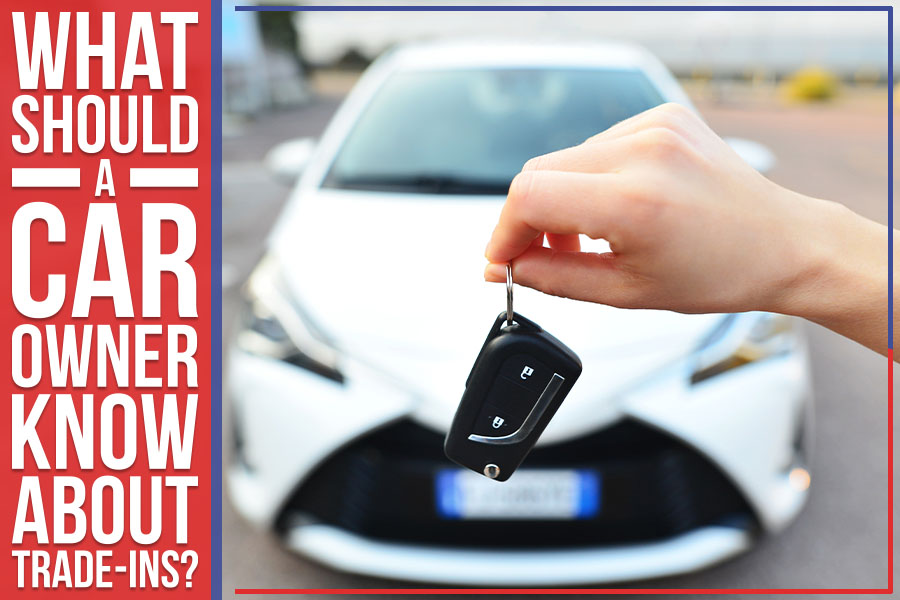
Think you’re a pro when it comes to car dealing? Even the most experienced drivers need help, and that’s especially true for trading in your old car for a new one. Follow these essential tips to ensure the process goes as smoothly as possible.
1) Stage Your Car –
Just like you would stage a house before putting it on the market, it pays to spend some time preparing your car for its big trade-in day.
Please give it a good wash and wax, inside and out. Remove any personal effects like loose change, old receipts, or that fast food wrapper jammed under the passenger seat. Also, remember to tidy the trunk or backseat area. You need to ensure the next owner has ample space for their belongings.
2) Fix All Problems –
Now is the time to fix that pesky check engine light or that annoying rattle in the back. Your car’s condition will influence its trade-in value, so it’s in your best interest to take care of any problems before heading to the dealership.
3) Arrange All Maintenance Records –
Gather all of your car’s maintenance records together in one place. This will give the dealership an idea of how well you’ve cared for the vehicle and could help boost its value. If you don’t have all the records, that’s okay. Most dealerships will still take your car, but it helps to have them on hand.
4) Know Your Car’s Worth –
Before heading to an auto dealership, it’s good to have a general idea of how much your car is worth. You can visit dealerships to get an estimate. It’s also helpful to read up on common negotiating tactics to know what to expect when talking numbers.
5) Do Some Competitive Research –
Check the value of similar used vehicles in your area to get an idea of what you should be expecting for your trade-in. This will help you know if the dealer’s offer is fair or not.
6) Negotiate the Trade-In Value First –
Once you know your car’s worth and what similar models are going for, you can start negotiating with the dealer. Remember that the dealer will likely lowball you, so don’t be afraid to counter their offer. It’s also important to negotiate the trade-in value before discussing the price of the new car you’re interested in.
As you can see, a lot goes into trading in your car. And remember, maintenance & regular upkeep is key to getting your ride traded in for a robust new model!
But don’t worry; we at Feldman CDJR of Clarkston, serving Clawson, MI, are here to help make the process as smooth and easy for you as possible. We want to ensure that you get the best value for your car trade-in and leave our dealership feeling satisfied with the deal.
Schedule a service with our team today!
6 Ways You Can Get Better Gas Mileage
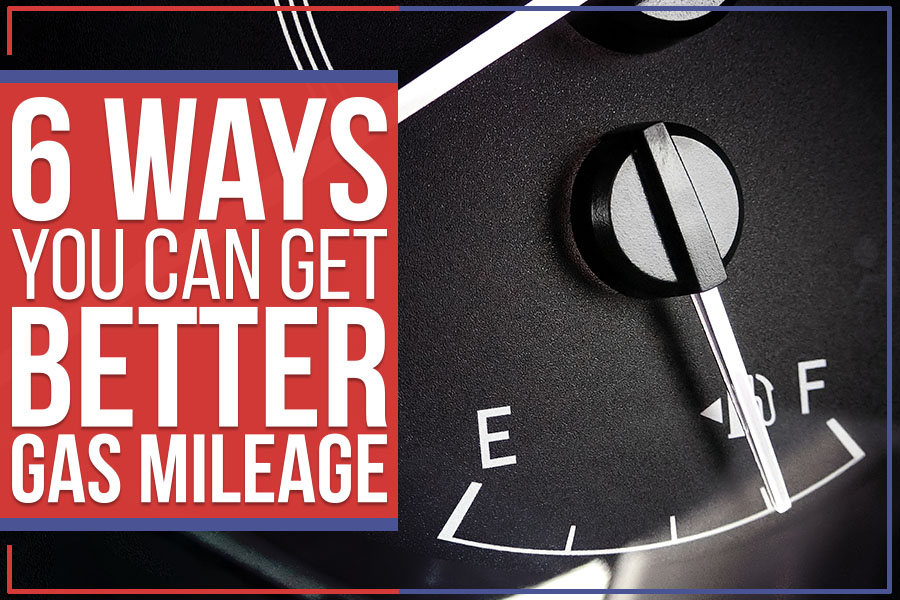
There aren’t many things more frustrating than watching your gas tank drain away faster than you would like. You might think you can do nothing to improve your gas mileage, but that’s not always the case. You can do several things to squeeze just a bit more out of every gallon. Read on for some tips on how to get better gas mileage in your car.
Feldman CDJR of Clarkston, serving Birmingham, MI, is a leading car service center and dealership that provides top-notch car maintenance and repair services.
Keep an Eye on Tire Size and Pressure
Wider tires can improve your traction and make your car look more aggressive, decreasing fuel economy. Lowered suspension can also have a negative impact on your mileage. Bigger isn’t always better when it comes to gas mileage.
Maintain Your Engine
A well-maintained engine will run more efficiently and use less gas. Change your oil regularly and keep an eye on other fluids. You should also get regular tune-ups to ensure that your engine runs at peak performance.
Reduce Drag
Wind resistance can waste a lot of gas, so do what you can to reduce drag. Remove any unnecessary weight from your trunk or back seat, and ensure your tires are inflated to the proper level. You can also invest in an aerodynamic car cover to help reduce drag while you’re driving.
Drive Smart
The way you drive can have an impact on your gas mileage. Avoid sudden starts and stops, and maintain a consistent speed when possible. Acceleration wastes gas, so it’s best to keep your foot light on the pedal.
Try Alternative Fuels
Alternative fuels are worth considering if you’re looking to improve your car’s gas mileage. Several biofuels can be used in place of gasoline, including ethanol and biodiesel. These fuels are renewable and often produce less pollution than gasoline.
Get a Tune-Up
Making sure your car is running correctly can improve your gas mileage by up to 4%. A tune-up should include changing the oil, replacing the air filter, and checking the spark plugs. You may also want to have the fuel injectors cleaned, improving your mileage by up to 2%.
So, there you have it – six simple ways to improve your car’s gas mileage. Of course, this is just a starting point; you can do plenty of other things to boost your fuel efficiency. But if you’re looking for easy wins, these tips should help you get started. And don’t forget – the best way to save on gas is to schedule regular service at Feldman CDJR of Clarkston, serving Birmingham, MI. We can help make sure your vehicle is running as efficiently as possible to save money at the pump and hit the road with confidence.
So, schedule a service with us today.
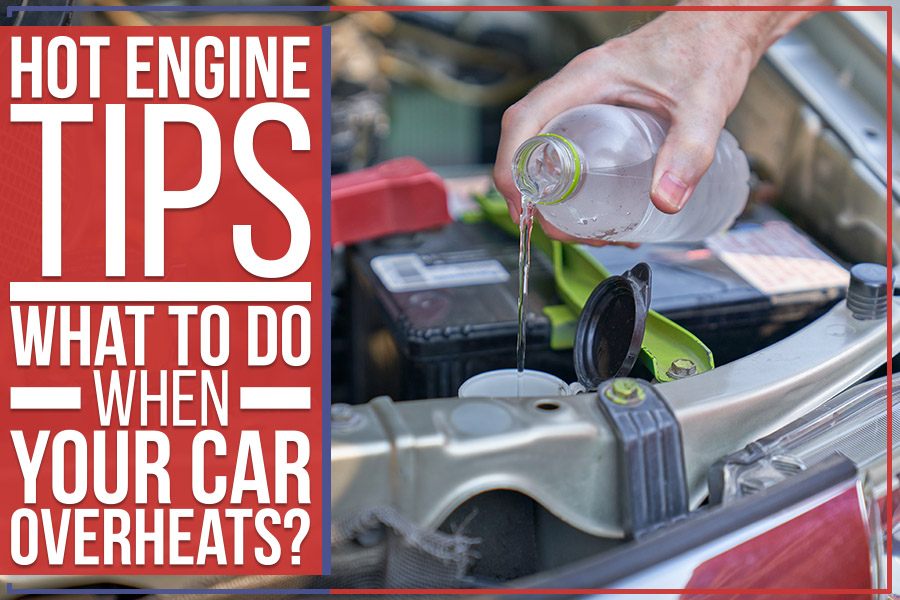
Cars are amazing machines. With just the swing of a key, they can take you wherever you want to go. But like every other machine, they need proper care and maintenance to run well. Among the most important things to keep an eye on is your car’s engine temperature.
When it gets too high, your car can overheat, leading to expensive repair bills and, even worse, engine damage. In this blog post, Feldman CDJR of Clarkston will give you some tips on what to do when your car overheats so that you can avoid costly repairs. Stay cool!
Engine Overheating: What Is It & Why Does It Happen?
Engine overheating is a common problem that many drivers experience. It occurs when an engine gets too hot, typically due to issues with the cooling system or other problems with the car’s engine.
There are multiple reasons why your ride may be overheating. Some of the most common causes include a clogged radiator and/or coolant passages, dirty or low-quality engine oil, mechanical problems like faulty fan belts and water pumps, worn out hoses, valve and cylinder head damage, or blocked air intakes.
Additionally, some cars can overheat if they aren’t driven often enough or parked in the sun for long periods.
What To Do If My Car’s Engine Overheats?
If you ever notice that your car is running hotter than normal, these are the steps you should take:
- Safely and carefully pull over to the side of the roadway and turn off the engine as soon as possible. Do not attempt to drive your ride any further.
- Once the engine is off, open the hood and prop it up with the hood prop or a stick. This will allow heat to escape and cool down the engine faster.
- If you have a radiator cap, remove it so that steam can escape. Be extra cautious while you do this, as the steam can be very hot and cause burns.
- Check the level of your coolant and add more if necessary. Most cars have a 50/50 mix of water and coolant, so check your owner’s manual to see what yours requires.
- Start the car’s engine and let it idle for a few minutes. If the temperature gauge needle moves into the normal range, you can slowly drive your car home or to a nearby service station.
If your car overheats and these tips don’t seem to be helping, it’s best to call a tow truck and have your automobile towed to a nearby service station or dealership. There may be a bigger problem with your engine that needs to be fixed by a professional.
Feldman CDJR of Clarkston, serving Wixom, MI, and surrounding areas, is your go-to source for automotive repair. Whether you require a quick oil change, an engine tune-up, or more extensive car repairs, our pro mechanics will get the job done right.
If your car overheats or develops other problems during the summer months – don’t worry! Just stop by our dealership today for a friendly and reliable repair service that will have you back on the road in no time at all.
Visit us online to schedule an appointment today!
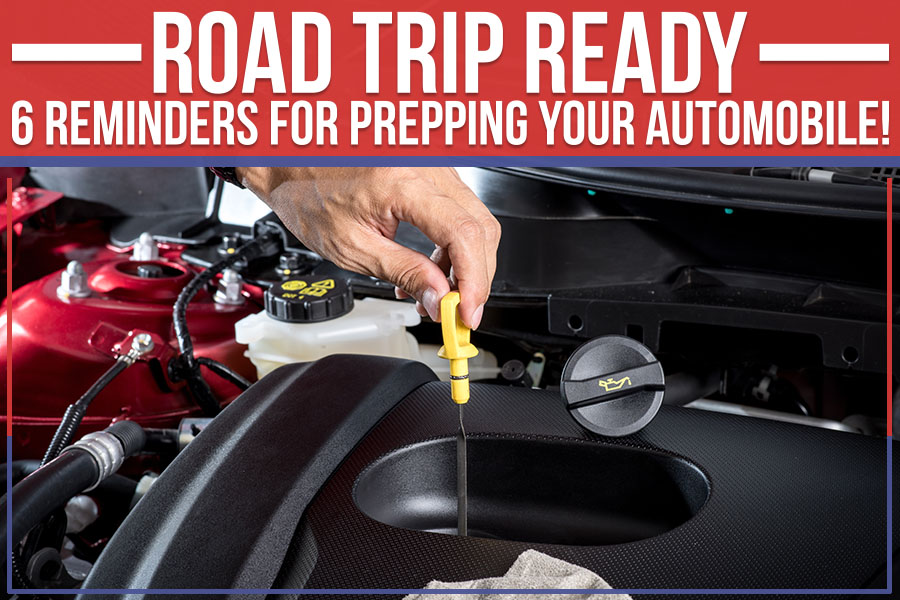
Packing and preparing for a road trip can be an overwhelming task. Whether you’re hitting the highways for a weekend getaway or taking a solo journey to explore new places, there are a few things you need to do to make sure your car is up for the challenge.
The following reminders will help you get your ride in shape for the open road. From checking tire pressure to ensuring your spare is in good condition, follow these tips, and you’ll be all set for a trouble-free road trip.
1) Check Lights and Electrical Equipment Are Working –
Ensure the headlights, brake lights, and turn signals should be in good working order. Test them before you leave so you’re not left in the dark. Don’t forget to check your headlights’ aim, too. You can usually do this at most auto parts stores.
2) Check Tire Pressure and Tread Depth –
Poorly inflated tires are a driving hazard that poses a grave threat. You can find your vehicle’s recommended tire pressure in the owner’s manual or on a sticker inside the driver’s door. As for tread depth, make sure there is enough to ensure good traction in different weather conditions.
Newer tires typically have 10/32″ tread, while winter tires may have deeper tread. Use the Lincoln (penny) test to check tread depth: insert a penny into the tire groove with Lincoln’s head upside down. If all of Lincoln’s head is still visible, it’s time for new tires.
3) Inspect Your Brakes –
Conduct a thorough inspection of the braking system before hitting the road. Check for any leaks in the system and wear and tear on the pads and rotors. If you’re unsure, take your car to a professional mechanic for a detailed braking inspection.
4) Get an Oil Change –
It’s essential to get regular oil changes, but it’s even more important before a long road trip. Old or dirty oil can cause your engine to overheat, which is the last thing you want on a road trip. Most mechanics recommend changing the oil every 5,000 miles or so.
5) Check All Fluid Levels –
In addition to oil, other fluids keep your car running smoothly. These include coolant, power steering fluid, brake fluid, and transmission fluid. Remember to top off these fluids before a road trip to avoid potential problems.
6) Fill Up the Tank –
This one is pretty self-explanatory. Avoid the risk of running out of gas; ensure you’ve got a full tank before you hit the road. If you can, stock up fuel in a jerrycan.
Sudden vehicle breakdowns can spoil a fun and exciting road trip. The challenges of a long journey test the best of us, including your ride, ensure no sinister problem ails your car by carrying out a thorough professional vehicle inspection before leaving.
Feldman CDJR of Clarkston, serving Walled Lake, MI, offers auto repair and maintenance service, ensuring your vehicle is ready for the journey ahead. Our professional auto technicians use their experience to inspect, identify and repair potential pain points.
Schedule a service today!
The Benefits Of On-Time Spark Plug Replacement
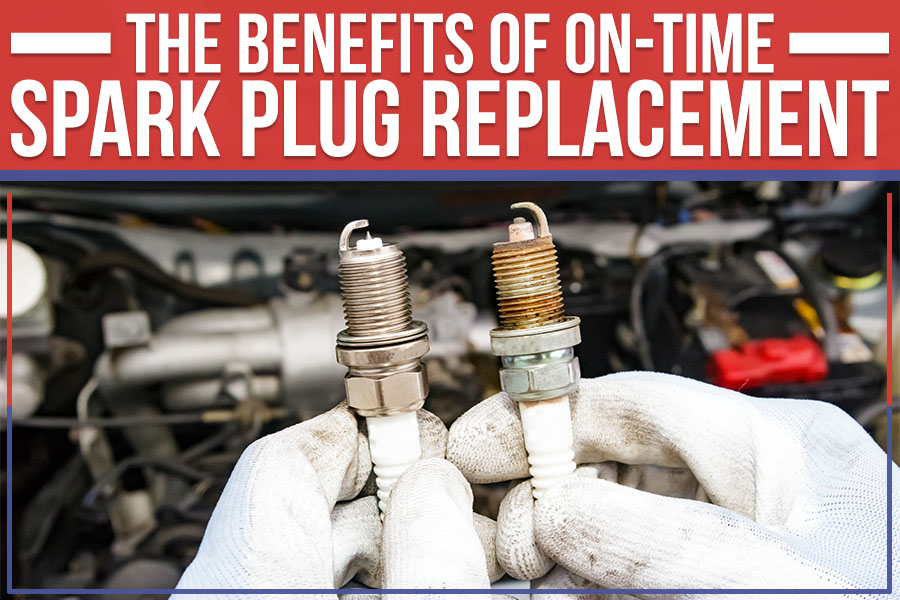
One of the most important – but often overlooked – components of a car is the spark plug. A bad or old spark plug can lead to engine problems, so it’s crucial to replace them when needed. Car owners are expected to replace spark plugs every 30,000 miles, but that number varies depending on your car’s make and model. Here are some reasons why it’s common sense to replace your spark plugs regularly.
What Damages Spark Plugs?
Over time, spark plugs become fouled or damaged from deposits of oil, fuel, and carbon buildup. This happens gradually, resulting in less and less effective performance from the spark plug until it eventually fails.
Bad Spark Plugs Can Cause Bigger Problems?
If you let fouled plugs go for too long, it can cause engine problems. For example, a misfiring engine can damage your catalytic converter, which is an expensive part to replace. In extreme cases, a bad spark plug can cause engine failure. That’s why it’s essential to catch and fix problems early on.
You could lose out on mileage as the misfiring engine improperly combusts the air-fuel mixture. Other signs include vibration during idling, car stalling on marching or idle, & engine surging.
Surging is a troubling issue when the engine does not receive enough fuel or the required charge to ignite, creating a void that can suck in fuel randomly, causing a surge in engine output. It is imperative that the fuel lines & the spark plugs be changed.
How Spark Plugs Influence Engine Performance?
A spark plug ignites the air/fuel mixture so that combustion can take place. Damaged spark plugs can’t create the necessary spark causing your engine to misfire, run less efficiently, and produce more emissions. In some cases, it can also lead to engine damage.
For these reasons, it’s essential to keep an eye on your spark plugs and replace them when required. Auto technicians recommend replacing spark plugs every 30,000 miles, depending on your driving habits. Consult your owner’s manual for specific recommendations.
Do I Need New Spark Plugs?
Loss of power is a tell-tale indicator of a failing spark plug. A car with a bad spark plug will often struggle to accelerate and completely stall out. Other symptoms can include poor fuel economy, a rough idle, misfiring, and engine knock. If you notice any of these symptoms, have your car checked out by a mechanic as soon as possible.
How to Extend Spark Plug’s Durability?
This includes regularly changing your oil and air filter and using the proper grade of motor oil. It’s also important to avoid extended idling, which can cause your spark plugs to overheat and break down prematurely. Finally, keep an eye on your engine’s tune-up schedule, and replace your spark plugs as recommended by your manufacturer.
CDJR owners looking to replace their worn-out spark plugs can visit Feldman CDJR of Clarkston, serving Sterling Heights, MI, and enjoy quality vehicle repair and maintenance services. Our professional auto technicians use years of experience to deliver quality results.
Schedule a free service session with our team today!









